When the CAA Announced the changes to the new Drone Regulations in December 2019, there was a lot of negativity from the drone community; particularly those who have paid for their Drone 'license' in the form of the PfCO (the CAA Permission for Commercial Operation).
[This article has been updated on 30.04.2020 to reflect the delay to the implementation of the EU UAS Regulation package to 31st December 2020]
Whilst we agree that the changes are drastic and, if you've invested your time, energy and money into getting a PfCO - they may seem rather frustrating at first glance... There's a few nuances within the upcoming regulations which we think people within the industry are really going to be able to exploit AND, will help the industry to begin to grow exponentially!
One of the big changes are the 3 new drone operations categories which are as follows:
- The Open Category
- The Specific Category
- The Certified Category
Each one of these is covered in MUCH more detail in other blogs, so if you want to know more, be sure to click the links above to read about each category in detail and what they mean to you.
The one we'll be focussing on in this post is the Open Category and, more specifically, the A1 Transitional Provisions within the Open Category - which show that the DJI Mavic Mini and the CAA A2 Certificate of Competency Drone Training Course could be the ultimate combination, up until 31st December 2022... Particularly if the DJI Mavic Mini is able to deliver you with the level of detail and data capture that you and your client require!
Total Read Time: ~4 minutes
What are the CAA Open Drone Categories & What do they mean to drone Pilots?
Within the CAA's new 'Open Category' for drones, which comes into force on 31st December 2020, there are 3 main subcategories:
A1 subcategory of the Open Category (OVER PEOPLE):
Essentially designed to accommodate 'toy drones', the A1 subcategory of the open category allows people to overfly uninvolved people (but not crowds of people), if their drone weighs less than 250g and flies at speeds of less then 19 metres per second. There are other elements within the A1 subcategory but these can't be flown in until someone creates a 'C1 CE Certified Drone'... As soon as one exists, we'll let everyone know!
A2 subcategory of the Open Category (NEAR TO PEOPLE):
The A2 subcategory of the CAA Open Drone Category allows people to fly larger and heavier drones nearer to people than the A3 Category. Provided that the operator is flying a 'C2 CE Certified Drone' and they hold their CAA A2 Certificate of Competency ( you can get this by completing a basic CAA Drone Training course - the A2 CofC, with a Recognised Assessment Entity like ourselves at UAVHUB).
Basically, this is the CAA saying that if you have an appropriate drone (a C2 Drone) AND have completed a short CAA Drone Training Course to prove your competency, then you can fly closer to people, than you other wise might be able to without any qualifications at all.
A3 Subcategory of the Open Category (FAR FROM PEOPLE):
The A3 subcategory of the CAA Open Drone Category is designed to allow people to fly who have no formal qualifications and have just completed the DMARES (The UK CAA Drone and Model Aircraft Registration and Education Scheme - often referred to as the 'Drone Registration').
The A3 subcategory allows people to fly drones up to 25Kg in weight - so long as they are kept 150 metres away from built-up areas and 50 metres away from uninvolved persons at all times.
What are the CAA Transitional Provisions for Drones? What does this even mean?
The subcategories we've mentioned above all refer to drones which have official 'CE Drone Categories' associated with them... And, unfortunately, none of these look likely to exist when the new UK CAA drone rules come into force in the UK on 31st December 2020.
This would mean that currently available drones (which will be known as 'legacy drones' when the new rules come into effect) would only be able to be flown in the UK in the A3 subcategory of the open category OR if the drone operator has a permission to do so from the CAA (such as a PfCO, Operating Safety Case, GVC etc).
To combat this, the UK CAA have put in place a number of 'Transitional Provisions', which will allow 'legacy' drones to be operated in certain ways, up until 31st December 2022.
There are a number of different transitional provisions for the different subcategories of the open category but here, we're just going to look at the DJI Mavic Mini and what you'll be able to do with it under the CAA Transitional Drone Provisions, up until 31st December 2022.
The DJI Mavic Mini's Maximum Take Off Mass (MTOM) is 272.1g (yes, we know that everyone thinks it's 249g... You can fly it at 249g but it's MAXIMUM TAKE OFF MASS is 272.1g with everything fitted to it, and it's this mass which is what the regulations change to on 31st December 2020 - whereas at the moment, the current regulations refer to 'Mass at the time of the flight')!
Because the DJI Mavic Mini has a Maximum Take Off Mass of more than 250g but less than less than 500g, it can be flown in the A1 transitional category. The only limitation this brings with it is that the drone cannot be flown over uninvolved people intentionally... Provided that the operator has completed the CAA DMARES, holds an A2 C of C and holds appropriate insurance if they are conducting 'commercial work'.
This means that the DJI Mavic Mini, flown by someone who has completed their CAA A2 Certificate of Competency with an RAE like ourselves at UAVHUB can fly the Mavic Mini pretty much anywhere that it is safe and legal to do so... So, think roofing inspections, chimney inspections, real estate photos etc. An incredible capability, provided the DJI Mavic Mini is capable of delivering the images and video data which you require... All for the cost of a short CAA Drone Training Course and one of DJI's smallest form factor commercially capable drones!
It's worth noting that when the transitional provisions end on the 31st December 2022, the DJI Mavic Mini will then only be able to be flown in the A3 subcategory of the Open Drone Category... As this is when the Transitional Provisions end. This is because it doesn't have n 'C1' stamp on it; so, at this point, you'll have to either fly it 150m away from built-up areas and 50m away from uninvolved people - or you'll need to upgrade your CAA A2 C of C to a GVC, in order to continue to fly it 'close to people'. That being said - I'd be very surprised if DJI don't bring out drones in the interim which fall within the new drone categories and allow us to operate in a similar way, with greater capabilities and better sensors...
Time will tell!
Where can I find the CAA Drone Categories and Transitional Provisions?
The full version of the Drone Regulations, Categories and Transitional Provisions can be found in the EASA Regulatory Documents but, we've made a table which you can download at the link HERE, which shows the different Drone Categories, Transitional Provisions and how close you can get to built-up areas and uninvolved people...
As always, if you need any more help or guidance, please feel free to give the UAVHUB Team a shout on 0800 033 4400 or send an email to us at: hello@uavhub.com and we'll be happy to help out!



